
Recommended Books about Water in the Southwest
Download the We are Water Book Lists! Download the We are Water Book Lists and find a great read for adults, youth, and children. With over 30 recommended titles for adults, and over 15 titles for children, the book list features works by Indigenous and Latinx authors and authors who write about water in the Southwest. Take a copy of the book…
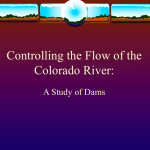
Controlling the Flow of the Colorado River
Students will learn about the Colorado River and human efforts to control water flow. Students will then research other water management efforts throughout the country and report their findings.
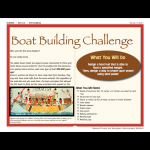
Boat Building Challenge
Use aluminum foil to make boats and then test designs by seeing how many pennies or paperclips they can hold.

A Drop in Your Hand - Water Stewardship Activity
See the relative volume of water available that is clean, safe, and available to drink.
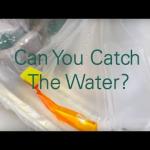
Can You Catch The Water?
Students construct three-dimensional models of water catchment basins using everyday objects to form hills, mountains, valleys and water sources. They experiment to see where rain travels and collects, and survey water pathways to see how they can be altered by natural and human activities. Students discuss how engineers design structures that…
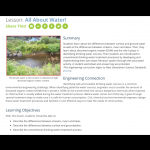
All About Water!
Students learn about the differences between surface and ground water as well as the differences between streams, rivers and lakes. Then, they learn about dissolved organic matter (DOM) and the role it plays in identifying drinking water sources. Then students are introduced to conventional drinking water treatment processes by developing and…
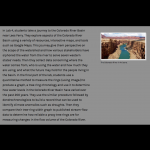
Sharing a River - The Colorado River Story
In Lab 4, students take a journey to the Colorado River Basin near Lees Ferry. They explore aspects of the Colorado River Basin using a variety of resources, interactive maps, and tools such as Google Maps. This journey give them perspective on the scope of the watershed and how various stakeholders have siphoned the water from the river to serve…
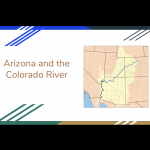
Arizona and the Colorado River
In this activity, students will learn about the dams and major cities on the Colorado River. They will research why the dams were built and discuss how hydrology plays such a great part in the geography of Arizona. This lesson has strategies for diverse learners (ELLs).
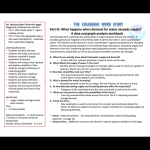
The Colorado River Water Story
The Colorado River watershed has always been a subject of great interest and concern. It provides agricultural irrigation and drinking water to farms and cities in seven southwestern states. The intention of this exercise is to be a southwestern regional perspective of a changing climate. You’ll be graphing snowpack in the Colorado Rocky Mountains…
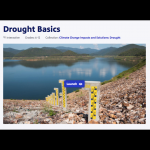
Drought Basics
This PBS Learning Media activity addresses drought basics, including its causes and impacts and ways to assess it, by using media from NOAA and NASA. It defines the types of drought, the impacts, monitoring, and responses to drought. Use this resource to stimulate thinking and questions on the complexity of drought and to identify some variables…
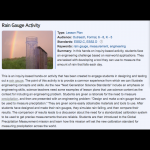
Rain Gauge Activity
In this hands-on inquiry-based activity, students face an engineering challenge based on real-world applications. They are tasked with developing a tool they can use to measure the amount of rain that falls each day. This is more of a mini unit than a stand alone activity. This activity takes one to three 60 min class periods. Additional…
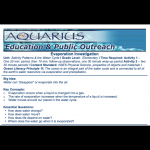
Evaporation Investigation
Students observe the process of evaporation, make comparisons about the process, then construct a diagram and use it to describe the process of evaporation. This activity takes four 30 minute class periods. Additional materials are required.
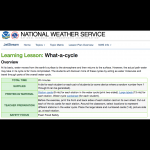
What-a-cycle
In this activity, students act as water molecules and travel through parts of the water cycle (ocean, atmosphere, clouds, glaciers, snow, rivers, lakes, ground, aquifer). Students use a diagram of the hydrologic cycle to draw the pathway they traveled. Activity takes about 1 class period.
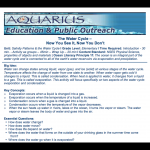
The Water Cycle: Now You See It, Now You Don't
This lesson is an instructor demonstration that focuses specifically on two aspects of the water cycle: evaporation and condensation. This is a well described instructor led demonstration for introducing and exploring the water cycle. This activity takes approximately 1 hour 35 minutes, but can be broken into separate lessons. Additional…
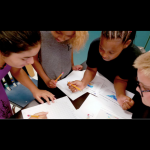
Tracking Water Using NASA Satellite Data
Using real data from NASA's GRACE satellites, students will track water mass changes in the U.S., data that measures changes in ice, surface and especially groundwater. The background information includes an animated video about where water exists and how it moves around Earth, as well as short video clips to introduce the GRACE mission and…
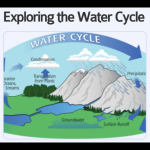
Exploring the Water Cycle
In this lesson, students will learn about the water cycle and how energy from the sun and the force of gravity drive this cycle. This learning activity takes at least two 45 minute class periods.
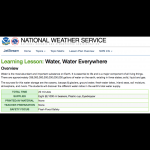
Water Water Everywhere
This classroom demonstration illustrates the amount of water stored in various parts of the Earth system in a straightforward manner. Students estimate the proportions of water in the oceans, icecaps and glaciers, groundwater, freshwater lakes, inland seas, soil moisture, atmosphere, and rivers. Then they fill beakers with the actual proportion…
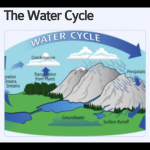
The Water Cycle
This activity was developed to give participants an understanding of Earth's water cycle by completing a WebQuest and building a model of the water cycle. This activity takes 1 hour.
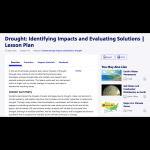
Drought: Identifying Impacts and Evaluating Solutions Lesson Plan
Through this set of lessons, students learn about the impacts of water shortages due to drought, make connections to climate patterns, and explore community resiliency solutions. The lessons engage students in evaluating solutions for a particular case study community. Students will need to do additional research on solutions, but by the end of…
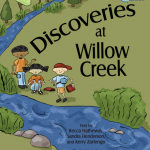
Elementary GLOBE Water Module
Students learn about the water cycle and hydrology through a series of three lessons, two coloring book pages, and an e-Book. The themes covered in this resource tie into Climate Science and fundamental climate principles, as well as, engages students in scientific methods. This series of activities takes a minimum of six 30-45 mins class…
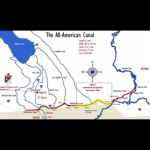
Colorado River water supply
This activity addresses climate change impacts that affect all states that are part of the Colorado River Basin and are dependent on its water. Students examine available data, the possible consequences of changes to various user groups, and suggest solutions to adapt to these changes. Activity takes about one-two class periods and homework…